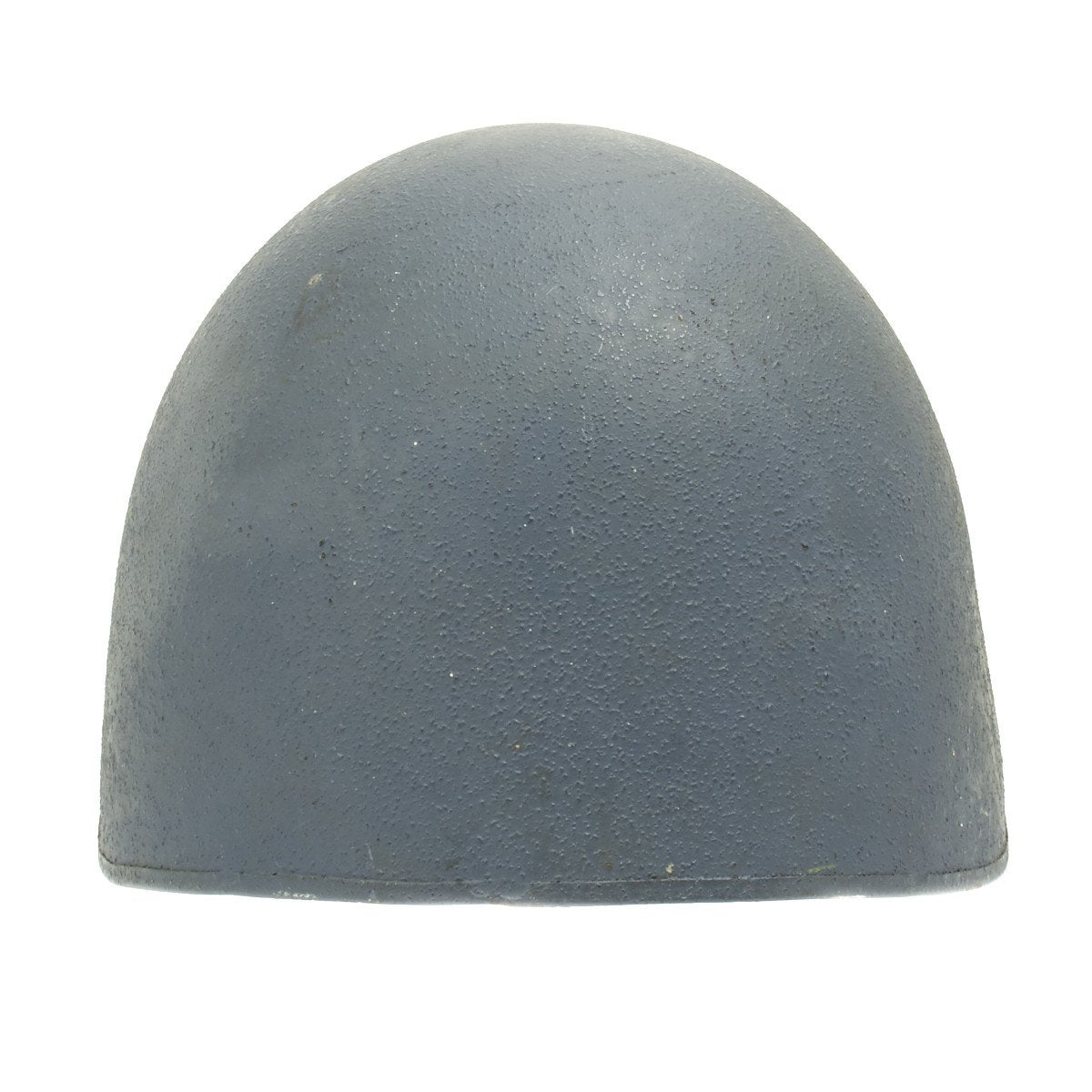

Soldiers of most nations went into battle wearing cloth, felt, or leather headgear that offered no protection from modern weapons.Ī significant partial exception to this lack was the German Pickelhaube. (Photo by Illustrations Harrow).Īt the outbreak of World War I, none of the combatants provided steel helmets to their troops. The French helmets are known as "Adrians," after their inventor. The fur coats, as they did last year, mean mitigation of the rigours of winter. Cases have occurred in which the wearers have been hit, but saved by these helmets from what without them would have meant certain death. Even in cases of extreme risk, not only has death been avoided, but injuries have been confined to bruises or superficial wounds. Our Army has now followed the French by adopting steel helmets, calculated to stop shell-splinters and shrapnel. But the danger, although it cannot be avoided, can be minimised. Head-wounds have been more than usually numerous during the war, owing to the trench-fighting, and more than usually severe, owing to the extensive use of shrapnel. Background The Illustrated War News-17 November 1915 It is correctly applied only to the original 1915 Brodie's Steel Helmet, War Office Pattern. The German Army called it the Salatschüssel (salad bowl). It was also known as the dishpan hat, tin pan hat, washbasin and Kelly helmet. Colloquially, it was called the shrapnel helmet, battle bowler, Tommy helmet, tin hat, and in the United States the doughboy helmet.

A modified form of it became the Helmet, Steel, Mark I in Britain and the M1917 Helmet in the US. The Brodie helmet is a steel combat helmet designed and patented in London in 1915 by Latvian inventor John Leopold Brodie ( Latvian: Leopolds Janno Braude). This was a developed version of the original Brodie helmet and was worn by British Empire and US troops. A British Mark I helmet dating from 1917.


 0 kommentar(er)
0 kommentar(er)
